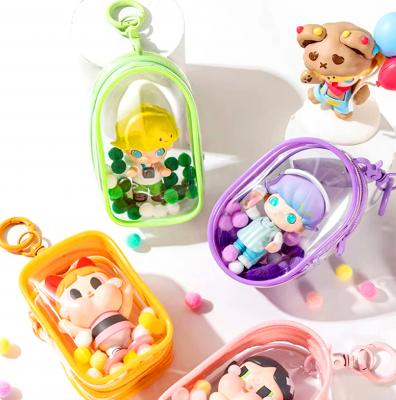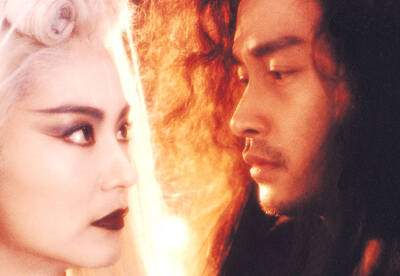China has 1.3 billion people, more than any other country in the world. To keep the number of people from growing too fast, the Chinese government limits couples in cities to one child and those in the countryside to two.
But this one-child policy is becoming a problem because more boys are being born than girls. In 2005, 118 boys were born for every 100 girls in China.
Traditionally, Chinese couples hoped to have a son who would be able to take care of them in their old age.

PHOTO: AP
The Chinese government said that if too many young men can't find wives, they may become troublemakers or even try to buy a wife.
But the government says the policy is still working and doesn't need to be changed. They point out that parents can spend more money on one child, giving them better education and more attention. (Jason Cox, Staff writer with AP)
中國有十三億人口,居全球之冠。為了讓人口別成長太快,中國政府限制城市夫妻只能生一胎,鄉村地區的夫妻則最多生兩胎。
不過,由於出生的男孩數比女孩數少,一胎化政策成為問題。二○○五年中國出生的男女比例為118比100。
傳統上,中國夫妻都希望能養兒防老。
中國政府表示,假如太多年輕男子找不到老婆,他們可能會變成麻煩製造者,甚至去花錢買妻。
但中國也說,一胎化政策仍照常執行,無須變革。他們指出,父母可以花更多錢在一個小孩身上,讓小孩受到更好的教育與照顧。 (翻譯:賴美君)

Have you ever seen a circular intersection where cars continuously flow in one direction around a central island? That is a “roundabout,” a well-known alternative to traditional intersections. Drivers enter and exit at different points without relying on traffic lights. Their primary purpose is to improve traffic flow and minimize the likelihood of high-speed collisions, particularly dangerous T-bone and head-on crashes. Roundabouts have existed and been implemented for over a century. In the 1960s, the modern roundabout emerged in the UK, with added rules for yielding. Unlike intersections with red lights, roundabouts allow vehicles to continue moving at a

If you’ve recently spotted adults parading around with cuddly toys dangling from their designer handbags, your eyes haven’t been deceiving you. The playful trend of adorning bags with cute charms has become popular among people of various ages. Plushies like Labubu and anime and manga characters such as Chiikawa have become must-have accessories that make personal statements. The practice of attaching charms to personal items has been common across cultures throughout history. In ancient civilizations, charms were often used as symbols of protection, good luck, or identity. Fast-forward to more modern times, and style icons like Jane Birkin, a

A: So you’re reading Jin Yong’s martial arts novel again? B: Yup, Jin’s novels are so fascinating, especially the trilogy: “Legends of the Condor Heroes,” “Return of the Condor Heroes,” and “Heaven Sword and Dragon Saber.” A: The late novelist published his first story in 1955, which means this year marks the 70th anniversary of his “wuxia” world. B: Wasn’t an English version of “Legends of the Condor Heroes” also released in 2018? A: Yes, but the debate over the translation of kung fu moves continues — like the evil move “Nine Yin Skeleton Claw.” A: 你又在重讀金庸的武俠小說啦? B:

A: Apart from Jin Yong, the late martial arts novelists Liang Yusheng and Gu Long were also very popular. B: Wasn’t Liang a pioneer of the “new school” wuxia genre in the 20th century? A: Yup, I really like his Tianshan mountain series. All the characters — such as the “White Haired Demoness” — are so vivid. B: The roles in Gu’s books are lively, too — like the “Fragrant Commander” Chu Liuxiang. A: And the TV drama adapted from the Chu Liuxiang series swept across Taiwan in the 1980s, with ratings surging over 70 percent at that time.